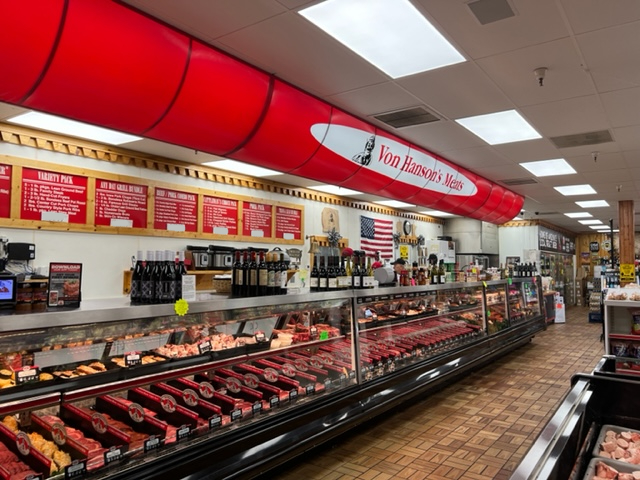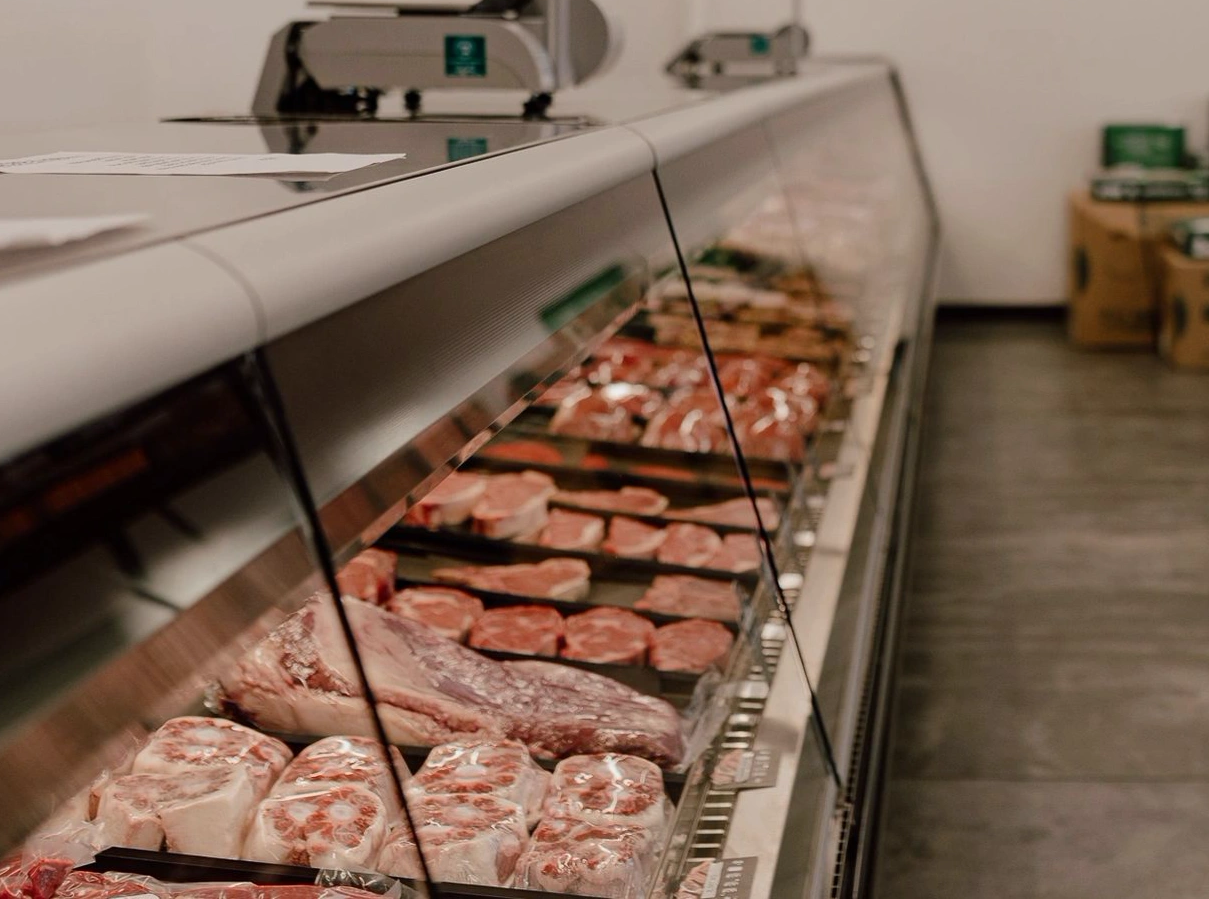Why Residents Love Bagley Farms Meat Market Edwardsville IL for Their Meat Shopping
Why Residents Love Bagley Farms Meat Market Edwardsville IL for Their Meat Shopping
Blog Article
Reveal the Art of the Butcher's Cut in a Modern Meat Market
In the ever-evolving landscape of modern meat markets, the butcher's cut has actually transcended its typical origins, combining age-old workmanship with modern methods. What absolutely sets the contemporary butcher apart is their capability to create a deeper link in between customers and the beginnings of their meat.
Development of Butchery Methods

The mid-20th century saw butchery strategies additionally improved by scientific insights into muscle mass biology and meat aging, boosting both tenderness and preference. Technologies like vacuum cleaner packaging and refrigeration prolonged product shelf-life, permitting butchers to diversify offerings and boost quality assurance. This period likewise noted the surge of specialized devices, such as band saws and meat slicers, which enhanced accuracy and performance in meat handling.
Computerized systems now assist in tracking pet provenance and maximizing cuts to meet specific consumer choices. In addition, a resurgence in artisanal butchery has arised, mixing traditional skills with modern-day knowledge to cater to consumers seeking honest and sustainable meat choices.

Comprehending Meat Cuts

Understanding the complexities of meat cuts is crucial for both butchers and customers seeking top quality and value. For butchers, specific cuts mirror ability and regard for the craft, ensuring marginal waste and ideal yield.
The key groups of meat cuts include primitive, sub-primal, and retail cuts. Primal cuts, such as the loin, rib, and chuck, are the huge areas initially divided from the carcass. Butchers after that damage these down even more into sub-primal cuts, before finally generating retail cuts readily available to customers, like ribeye or tenderloin. Each stage calls for mindful focus to physiological structure and muscular tissue structure.
Recognizing muscle make-up is important; muscle mass used extra often by the pet tend to be harder and are best matched for slow-moving cooking methods, while less-used muscles, like those discovered in the loin, are extra tender and suitable for cooking or roasting. Knowledge with these differences empowers consumers to make educated selections, boosting their cooking endeavors.
Choosing High Quality Meat
Selecting the right meat involves even more than just selecting an aesthetically appealing item from the display. The art of picking high quality meat calls for a discerning eye and expertise of particular characteristics that signify quality and quality. Pay interest to the shade; beef should have an intense, cherry-red shade, while lamb must exhibit a soft pink tone, and pork a light pink. This suggests the meat is fresh and hasn't been revealed to oxygen for as well long.
Second of Full Report all, think about the marbling, which refers to the white flecks of fat within the muscle mass. Correct marbling is a crucial sign of tenderness and flavor, as it thaws throughout cooking, enhancing the meat's juiciness. Bear in mind, higher marbling often associates with superior top quality cuts, such as USDA Prime.
Structure is one more critical aspect; meat should really feel firm to the touch, not slimy or extremely soft. In addition, bear in mind the fragrance. Fresh meat should have a clean, neutral scent, without any type of sour or repulsive odors.
Pairing Cuts With Food Preparation Methods
Efficiently matching cuts of meat with the proper food preparation methods is essential for accomplishing ideal flavor and structure. Different cuts vary in inflammation, marbling, and connective cells web content, each calling for particular methods to unlock their possibility. As an example, tender cuts like filet mignon and ribeye, with their intrinsic marbling, benefit from high-heat, quick-cooking approaches such as cooking or pan-searing. These techniques enhance the meat's all-natural flavors and make sure a juicy finish.
Conversely, tougher cuts like brisket and chuck roast are abundant in collagen, which breaks down right into jelly when prepared gradually. These cuts are excellent for braising or sluggish roasting, permitting the meat to soften gradually and establish deep, complex flavors. Cuts such as brief ribs and pork shoulder make out well with slow-cooking techniques, where prolonged cooking times transform their durable textures right into delicious dishes.
Lamb shanks and oxtail, which call for prolonged food preparation to soften, are excellent candidates for cooking or sluggish simmering. These techniques coax out rich, hearty flavors while preserving moisture. By recognizing the distinct qualities of each cut, cooks and home chefs alike can raise their cooking developments, guaranteeing each recipe is both pleasing and remarkable.
The Butcher's Role Today
Browsing the advancing landscape of the modern-day meat market, the butcher's function today extends past simple preparation of cuts. Contemporary butchers are culinary artisans, educators, and supporters for sustainable practices.
Along with crafting accurate cuts, butchers now involve directly with customers, offering cooking advice and tailoring options to match individual needs and choices. Their know-how in meat aging, marbling, and flavor additional info profiles equips consumers to make informed choices, enhancing their culinary experiences. This customized service exemplifies the butcher's evolving role as a trusted consultant in the kitchen area.
In addition, butchers are essential in lessening waste, making use of whole pets to produce varied products such as sausages and supplies - bagley farms great post to read meat market edwardsville il. This comprehensive technique not just values the pet but also lines up with contemporary sustainability objectives. By doing this, the modern-day butcher personifies both tradition and innovation, adapting to an ever-changing market while preserving the creativity and stability of their craft

Conclusion
The modern butcher's craft delicately weaves typical methods with modern innovations, stressing sustainable practices and moral sourcing. Mastery in recognizing varied meat cuts and quality indications empowers butchers to give educated recommendations, straightening particular cuts with optimum cooking approaches. This expertise not just elevates cooking experiences but additionally strengthens the connection in between consumers and the beginnings of their food. By recognizing historic practices while accepting modern needs, the butcher's duty continues to be important in today's sophisticated meat market.
Report this page